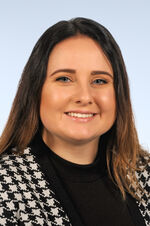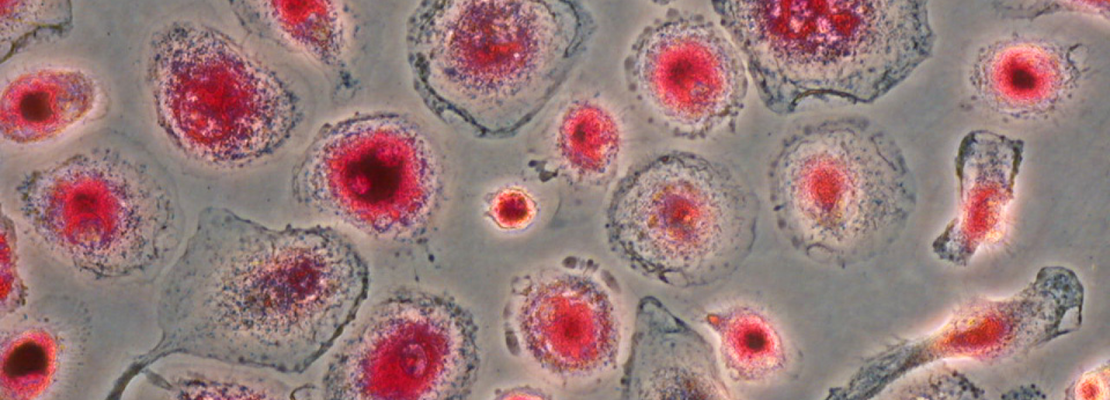Hanna Malyaran, M.Sc.

Impact of stem cells on wound healing and integration of tissue engineered alveolar bone
Clinical evidence indicates that wounds in alveolar bone heal faster and more efficiently in the maxilla (upper jaw) than in the mandible (lower jaw). Alveolar bone differs in composition, with 23% bone marrow and 46% lamellar bone in the upper jaw, and 16% bone marrow and 63% lamellar bone in the lower jaw. Human mesenchymal stem cells (MSC) are beneficial for wound healing and tissue regeneration of mesodermal tissue. MSC differentiate into the cementoblastic and osteoblastic lines, and exert their trophic function by secreting of a variety of cytokines and growth factors. They are well-characterized and frequently used cells in bone tissue engineering approaches. I study periodontal ligament cells (PDL) isolated from third molars of the maxilla (u-PDL cells) and mandible (l-PDL cells) and compare them to MSC in terms of proliferation, plasticity, transcriptome and proteome, migration and cell behaviour in 3D bone constructs.
Publications in PubMed





